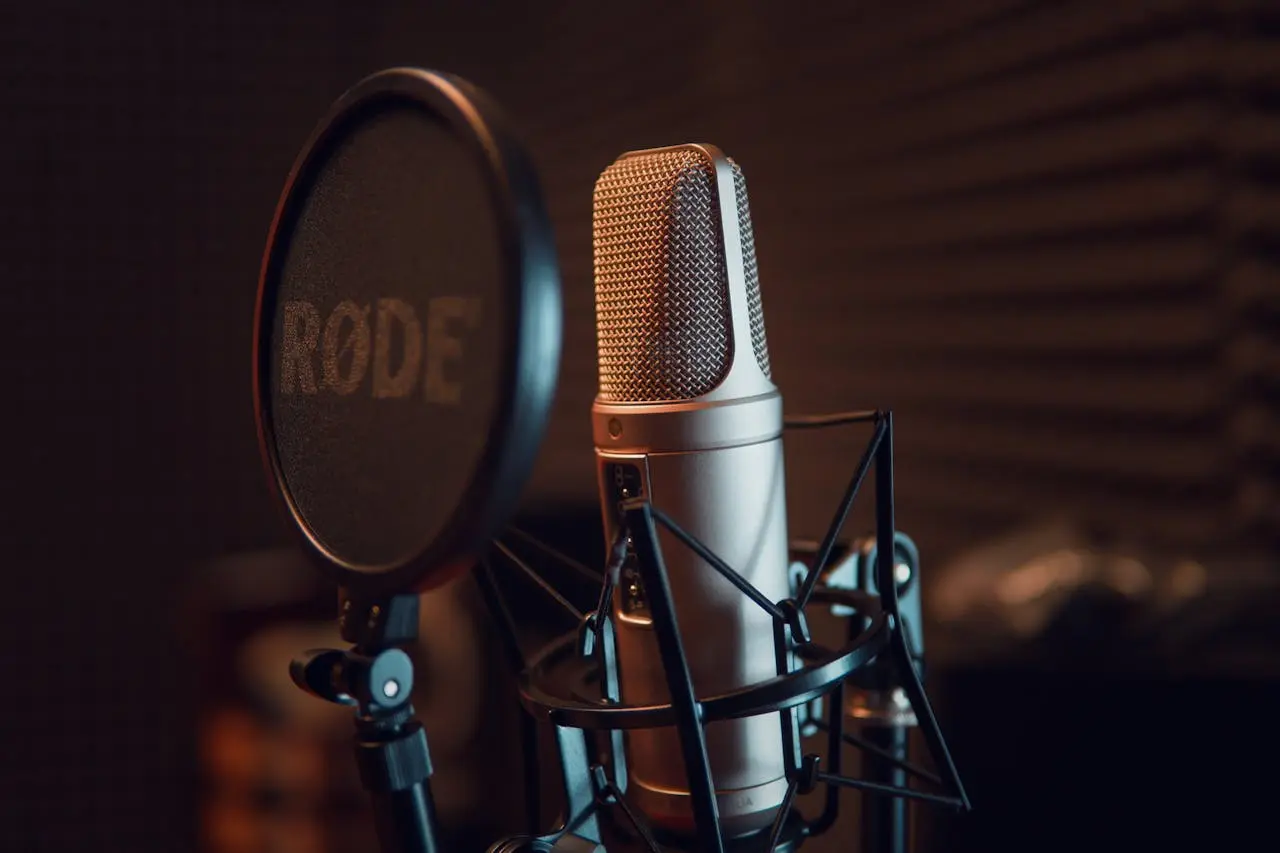Types of Microphones and Their Testing Needs
Microphone by Sound On Sound, Source is licensed under CC BY-NC 2.0.

Microphones are major production instruments, especially in music, broadcasting, podcasting, and filmmaking. To attain the best quality in audio, it is necessary to understand different types of microphones and what testing is required. The guide will cover major microphone types with unique characteristics and proper testing to allow optimal performance. Whether you are an advanced audio engineer or a beginner at podcasting, this guide will walk you through microphones like a pro.
Understanding different microphone types and their specific testing needs:
Dynamic Microphones
Dynamic microphones have a wide range of applications. They work based on the principle of electromagnetic induction. Sound waves move a diaphragm attached to a coil of wire, whether in one direction or another, generating an electrical signal. They are suitable for live performances, drums, and guitar amplifiers.
Testing Needs for Dynamic Microphones
Frequency Response Testing: Ensures the microphone can pick up the desired frequency range. Sensitivity Testing: Measures the microphone's efficiency in converting sound pressure into an electrical signal. Polar Pattern Testing: Checks the microphone's directional characteristics by plotting its response to a rotating sound source.
Condenser Microphones
Condenser microphones—called capacitor microphones—are electrically charged for a diaphragm and backplate, creating a capacitor. They are highly sensitive, making them ideal for studio recordings, vocals, and acoustic instruments.
Testing Needs for Condenser Microphones
Frequency Response and Sensitivity Testing: Focuses more on high-frequency details. Self-Noise Measurement: Measures the noise level generated by the microphone itself, crucial for low-noise recording environments. Phantom Power Consistency: Ensures a stable and consistent power supply, as fluctuations may cause performance variation.
Personal Experience with Condenser Microphones
Using the Audio-Technica AT2020 condenser microphone to record an acoustic guitar session demonstrated the importance of sensitivity and clarity in capturing subtle nuances. However, self-noise issues highlighted the need for proper acoustic treatment in recording environments.
Testing different types of microphones guarantees quality, reliability, and better performance—from professional audio environments to consumer electronics. Rigorous test procedures at each level ensure that microphones comply with current high standards. With the evolution of technology, the importance of microphone testing will rise, leading to new methods and testing standards.


